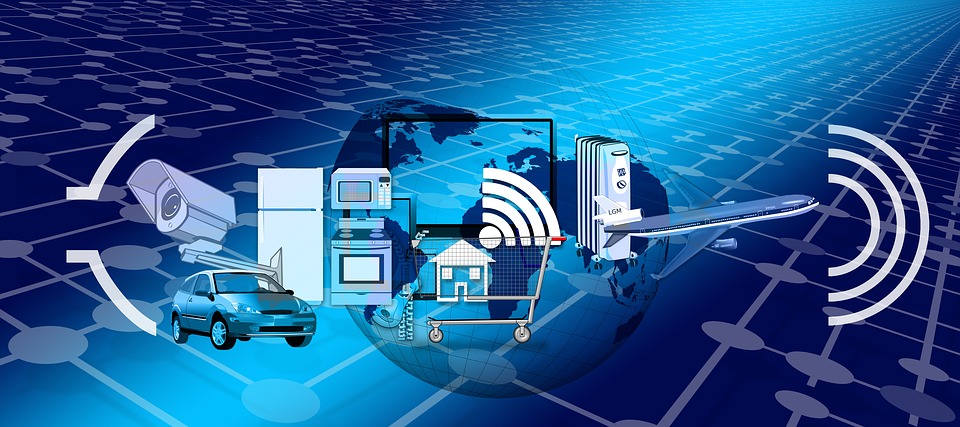The Internet of Things (IoT) phenomenon is a major talking point right now in the world of innovation, more specifically how it will grow and develop in the future. With the many challenges that IOT brings, such is the case with any developing aspect of innovation, comes the inevitable curiosity.
Cutting out the middle man
One such challenge will be the utilisation of IoT within the business sector, otherwise known as the Industrial Internet of Things (IIoT), to toughen up bridges between manufacturers and customers.
The seeds of this development are already present within the use of automated phone call systems and online chat bots.
>See also: Chatbots for customer service in industrial IT
But the Chief Evangelist and Vice-President of Business Process Management Technology of customer relationship software company Pegasystems, Setrag Khoshafian, says that although it’s in its infancy, the integration of IoT within businesses “is growing faster than one would think”, referencing voice activation software such as Alexa, Google Assistant and OnStar as an aspect that could thrive in a business setting.
“There’s no reason why not, and also our devices, our cars, like OnStar is a customer of Pega, and the routing of the calls happens with Pega decision-making.”
“So the OnStar use case I think is a very good use case.”
“What people are experiencing in their homes, they want the same thing in their business, to talk to.”
>See also: What every business needs to know about opportunities in Internet of Things
The idea of increasing communication between the manufacturer and the consumer using IoT was expanded on, with Khoshafian stating that “we’re getting there faster”.
“It’s how the manufacturers, especially these big manufacturers, are getting connected to the consumers.”
“When you bought a refrigerator, how often did you talk to your manufacturer? Not many times, right? How much did the manufacturer know how you used that refrigerator? Not much.”
“Pay as you drive, or pay how you drive, right? Directly leading to monetisation. So I think the biggest impact is this connectivity the customer could have in almost any domain with the manufacturer, better understanding the customer.”
Furthermore, with the emergence of blockchain and artificial intelligence integrated into customer service to provide information security and accurate data, it seems the relationship between IoT and the business world could be well underway.
>See also: Preparing for an Internet of Things future: In blockchain we trust
Digital blueprints
Khoshafian went on to refer to the use of reference architectures within businesses.
“What do these represent?” the Pegasystems Vice-President expanded. “They are the patterns of how you build IoT solutions. In the lower level, you typically have your sensors and actuators.”
“One of the dangers in IoT, and I’ve written this in one of my papers, there are very little tiny cute devices that have sensing in them, they’re called IoT, and there are turbo-engines, huge turbo-engines or tractors and huge trucks which are very smart, airplanes, very, very smart, they’re also called IoT.”
“There’s a danger there. So in this reference architecture, you have the sensors and actuators.”
>See also: Using the Internet of Things to tackle the problem of air pollution
Seemingly, the range of technologies already possessing IoT in existence today could provide hope for enthusiasts of this theory.
Furthermore, IoT has been hypothesised to possibly be capable of utilisation not only within customer service, but also within the wider sphere that is the environment, tackling issues such as air pollution.










